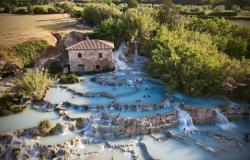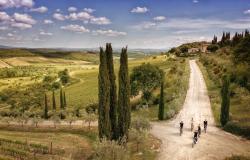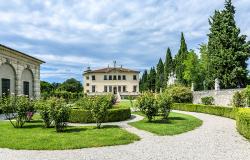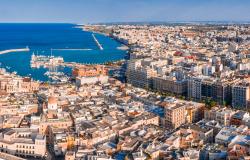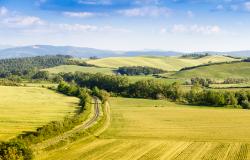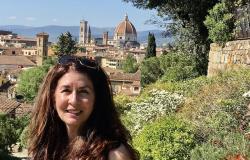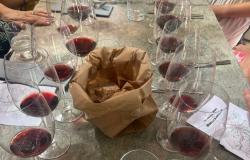On the banks of the Arno, close to the Ponte Vecchio, stands a small and often missed museum. Hidden from the crowds milling outside the nearby Uffizi, the Museo Galileo sits undisturbed in the quiet of the Piazza dei Giudici, a tranquil backwater in the heart of Renaissance Florence.
The museum’s origins are centuries old. It is housed in the 12th century Palazzo Castellani, which was known to Dante as the Castello d’Altafronte. (The Altafrontes were an important Florentine family involved in establishing the cloth trade, fundamental to the city’s growing economy.) In 1657, in memory of the recently deceased Galileo Galilei, the city of Florence founded the world’s first scientific institution, the Accademia del Cimento – the Academy for Experimentation. This beginning fostered a passion not only for the discovery of scientific knowledge and principles, but also for their application in all areas of human understanding.

The Museo Galileo may have begun as a shrine to the works of Galileo, but has grown to become both a record of, and a tribute to, the works of the scientists of a few centuries ago. Even when standing in the heart of Florence, the nuances of the Renaissance mind are difficult to fully grasp. This was a time when men of science were often men of letters, art or philosophy, dabbling equally well in music, poetry, science and politics. Consequently, many beliefs from this time permeated through the explosion of knowledge and achievements occurring in a variety of fields. It is impossible to wander through the Palazzo Castellani without becoming infected by the enthusiasm and creativity so apparent in these inventions and discoveries.
A part of the museum is dedicated to the life and works of Galileo, with many of his experiments faithfully reproduced. A display of his original instruments includes those telescopes by which he revolutionised astronomy and validated the theories of Copernicus - which led to him being summoned before the Inquisition. The objective lens Galileo used when discovering Jupiter’s four largest satellites, now named the Galilean moons, is also displayed, as are some of his notebooks.
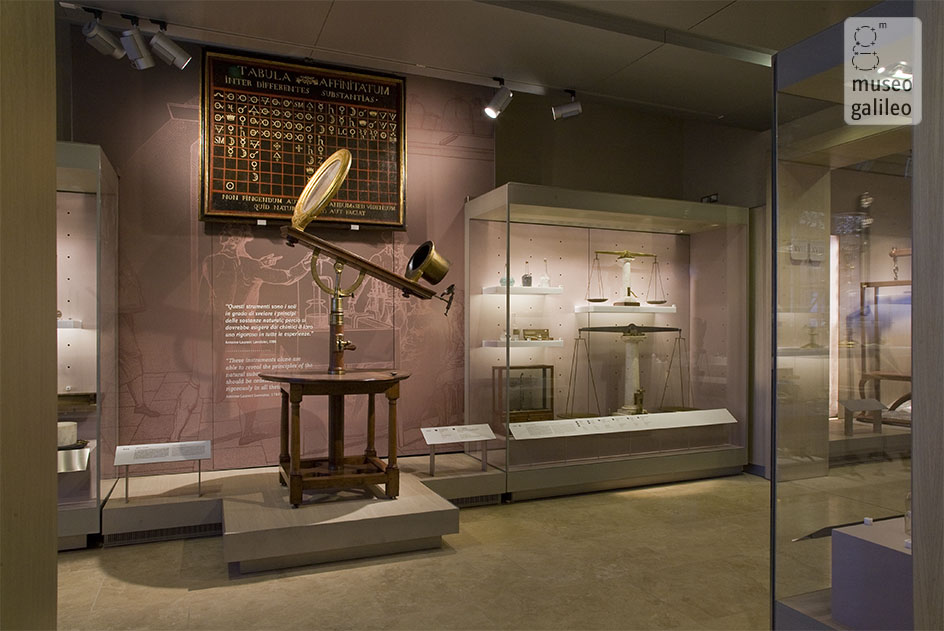
The Medici Grand-Dukes once owned much of the collection. A new institute, The Museum of Physics and Natural Sciences, was founded in 1775 by Grand-Duke Pietro Leopoldo of Lorraine. (The House of Lorraine ruled the Grand Duchy of Tuscany from 1737, after the last Medici died without an heir.) Once displayed in the Uffizi, the Medici collection comprises a range of astronomical and mathematical instruments. Thermometers, hygrometers, quadrants, astrolabes, compasses, armillary spheres are amongst the earlier inventions of the Accademia. Many are encrusted with semi-precious stones. Delicate spheres dating from the 15th and 16th centuries illustrate the movement of the celestial bodies. To the ancient Greeks, the sphere was the most perfect of all shapes, and Ptolemy devised a series of ethereal spheres to support the Earth and Heavens in ceaseless perfect motion. From this motion arose the celestial music.
An avid amateur chemist, Pietro Leopoldo not only founded the new institution, he also modernised the Museum, designing a workshop for the building of scientific instruments, as well as rooms for experimentation. Until the mid-19th century, much of the best scientific equipment in Europe was either built here or brought to the Museum from abroad. The Lorraine collection includes apparatus from the Grand-Duke’s personal laboratory, as well as ornaments from his pharmacy.
In a room dedicated to medicine are housed a range of terracotta and wax models from the former Florentine hospital of Santa Maria Nuova. Those displaying abnormal fetal positions were once used for teaching obstetrics. Beside them is an extraordinary collection of late 18th century surgical instruments.

One of the outstanding features of the Accademia is its elegance. Even the more mundane of instruments have, at the very least, a refinement of style, reflecting a munificence of patronage. Scalpels and blades of dissection glisten, encrusted with diamonds and rubies; metal is inscribed with flowing script and entwined with patterns. Lions and unicorns engage in unending battle; dolphins and mythical sea-creatures frolic in rolling waves under billowing clouds. It is fascinating to remember how the foundations of modern knowledge were laid with these beautiful and delicate implements.
Medieval, Renaissance and Modern Florence surround this museum. Cobbled streets lead away from the Piazza dei Giudici, peopled by locals intent on daily life. Elderly women in black pass carrying bags of vegetables from the local market while equally aged men sit, and over a cup of coffee and a glass of something a little more potent, solve the problems of the world.
In the midst of this eclectic mix, on the Via Vacchereccia lies an Erboristeria. An ancient herbalist shop, it specialises in soaps, perfumes and cosmetics made to ancient recipes still used by religious orders throughout Tuscany. With its fragrances and small pots, the shop conjures up images of monks and nuns brewing their potions, using herbs and plants to make medicines which were used for centuries. These religious orders played a vital role in the fostering of scientific growth from the Middle Ages through to the Renaissance, for their writings and studies helped preserve many works of the Ancients which might otherwise have been lost to the West. Their rediscovery help foster the rebirth of scientific thought, allowing men such as Galileo to open their minds and take the first steps towards the knowledge we possess today.

